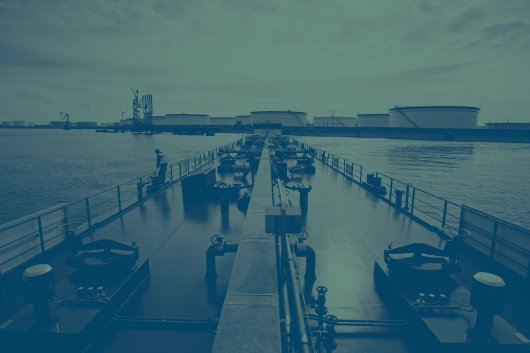Foss retrofit to lower fuel costs, emissions
US firm to retrofit existing tug with hybrid technology in San Pedro Bay.
Bunker barge operator and marine transportation company Foss Maritime, builder and operator of the world's first hybrid tugboat, will soon add another pioneering vessel to its Southern California fleet with the help of an air quality grant obtained by the port of Long Beach.
Building on the success of the Carolyn Dorothy hybrid tug, which was launched into service at the Port of Long Beach in 2009, Foss will retrofit an existing tug with hybrid technology for service in San Pedro Bay, thanks to a $1 million grant from the California Air Resources Board (CARB) to the port.
The project will be implemented through a partnership between Foss, the Port of Long Beach, and the Port of Los Angeles.
"The Foss/Aspin Kemp & Associates hybrid technology is already proving its worth on the Carolyn Dorothy," said Richard Cameron, Director of Environmental Planning at the Port of Long Beach. "When the Air Resources Board asked for proposals to retrofit existing vessels with cutting-edge hybrid technology, we knew we wanted to partner with Foss again.
"We believe the retrofit will be the next step in hybrid technology evolution," Cameron added.
Foss will retrofit the Campbell Foss, a conventional dolphin tug currently assisting oceangoing vessels in the San Pedro Bay. The boat will be retrofitted with motor generators, batteries, and control systems at Foss' shipyard in Rainier, Oregon.
The goal is to achieve significant reductions in pollution emissions while enhancing fuel efficiency and operational capabilities. Projected annual emissions reductions per year include:
· More than 1.7 tons of diesel particulate matter
· More than 53 tons of oxides of nitrogen
· More than 1.2 tons of reactive organic gases
· More than 1,340 tons of carbon dioxide
In addition, more than 100,000 gallons of diesel fuel are expected to be saved each year.
Susan Hayman, Foss Maritime's Vice President of Environmental and Governmental Affairs, said Foss has been looking forward to an opportunity to retrofit one of its existing tugs to work alongside the Carolyn Dorothy and plans to introduce more hybrid tugs in the years to come.
"At Foss, we have a 'zero trace' corporate goal and a commitment to give our customers the highest level of service," Hayman said. "Making use of cost-effective hybrid technology is an important part of our strategy as it allows us to use best-in-class, advanced technology to serve our customers and manage our expenses over the long term while safeguarding the environment at the same time.
"We have an unprecedented opportunity to transition harbor tugs around the world to vessels that deliver cleaner air and greater fuel efficiency. We're already doing it in San Pedro Bay and we're proud to continue our partnership with the Port of Long Beach," said Hayman.
The Carolyn Dorothy was introduced in the ports of Long Beach and Los Angeles in January 2009 as an innovative approach to reducing air pollution. The vessel is designed to retain the power and maneuverability of her conventional Dolphin class sister tugs, while dramatically reducing emissions, noise, and fuel consumption. The vessel was newly built as a hybrid, rather than retrofitted.
Building on the success of the Carolyn Dorothy hybrid tug, which was launched into service at the Port of Long Beach in 2009, Foss will retrofit an existing tug with hybrid technology for service in San Pedro Bay, thanks to a $1 million grant from the California Air Resources Board (CARB) to the port.
The project will be implemented through a partnership between Foss, the Port of Long Beach, and the Port of Los Angeles.
"The Foss/Aspin Kemp & Associates hybrid technology is already proving its worth on the Carolyn Dorothy," said Richard Cameron, Director of Environmental Planning at the Port of Long Beach. "When the Air Resources Board asked for proposals to retrofit existing vessels with cutting-edge hybrid technology, we knew we wanted to partner with Foss again.
"We believe the retrofit will be the next step in hybrid technology evolution," Cameron added.
Foss will retrofit the Campbell Foss, a conventional dolphin tug currently assisting oceangoing vessels in the San Pedro Bay. The boat will be retrofitted with motor generators, batteries, and control systems at Foss' shipyard in Rainier, Oregon.
The goal is to achieve significant reductions in pollution emissions while enhancing fuel efficiency and operational capabilities. Projected annual emissions reductions per year include:
· More than 1.7 tons of diesel particulate matter
· More than 53 tons of oxides of nitrogen
· More than 1.2 tons of reactive organic gases
· More than 1,340 tons of carbon dioxide
In addition, more than 100,000 gallons of diesel fuel are expected to be saved each year.
Susan Hayman, Foss Maritime's Vice President of Environmental and Governmental Affairs, said Foss has been looking forward to an opportunity to retrofit one of its existing tugs to work alongside the Carolyn Dorothy and plans to introduce more hybrid tugs in the years to come.
"At Foss, we have a 'zero trace' corporate goal and a commitment to give our customers the highest level of service," Hayman said. "Making use of cost-effective hybrid technology is an important part of our strategy as it allows us to use best-in-class, advanced technology to serve our customers and manage our expenses over the long term while safeguarding the environment at the same time.
"We have an unprecedented opportunity to transition harbor tugs around the world to vessels that deliver cleaner air and greater fuel efficiency. We're already doing it in San Pedro Bay and we're proud to continue our partnership with the Port of Long Beach," said Hayman.
The Carolyn Dorothy was introduced in the ports of Long Beach and Los Angeles in January 2009 as an innovative approach to reducing air pollution. The vessel is designed to retain the power and maneuverability of her conventional Dolphin class sister tugs, while dramatically reducing emissions, noise, and fuel consumption. The vessel was newly built as a hybrid, rather than retrofitted.
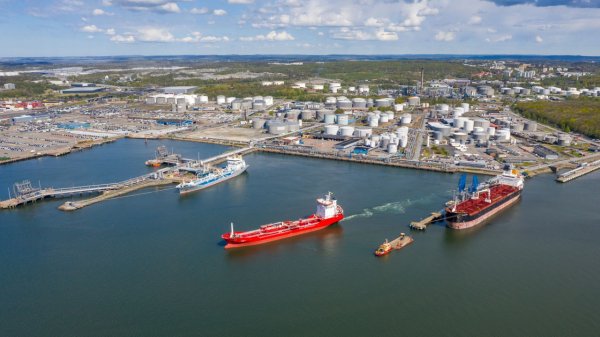
|
Swedish biomethane bunkered in Gothenburg
Test delivery performed by St1 and St1 Biokraft, who aim to become large-scale suppliers. |
|
|
|
||

|
Cockett to be closed down after 45 years
End of an era as shareholders make decision based on 'non-core nature' of Cockett's business. |
|
|
|
||
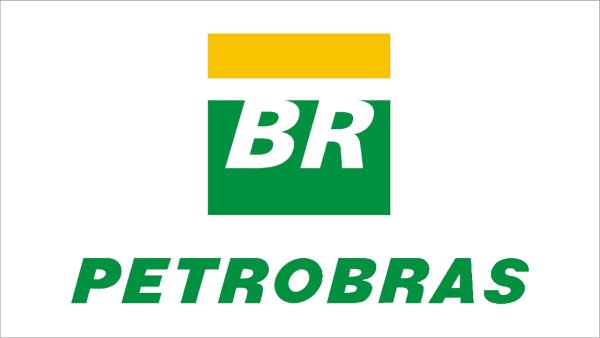
|
Petrobras confirms prompt availability of VLS B24 at Rio Grande
Lead time for barge deliveries currently five days. |
|
|
|
||
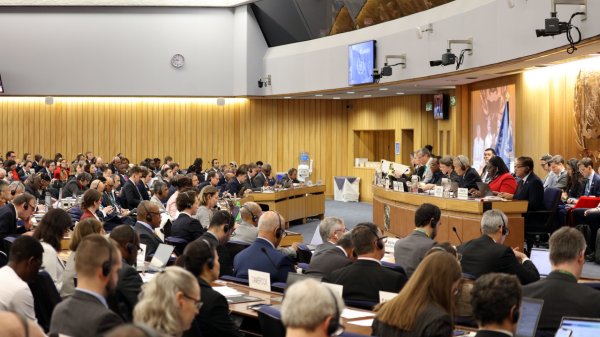
|
IMO approves pricing mechanism based on GHG intensity thresholds
Charges to be levied on ships that do not meet yearly GHG fuel intensity reduction targets. |
|
|
|
||
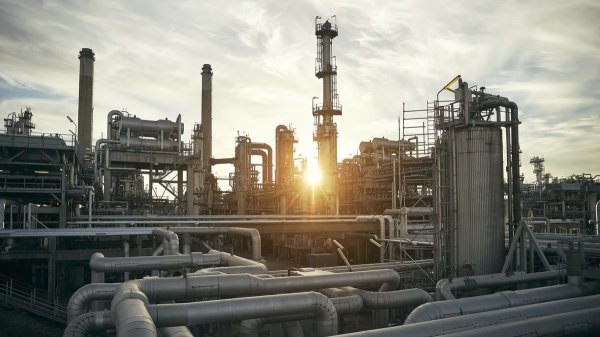
|
VARO Energy expands renewable portfolio with Preem acquisition
All-cash transaction expected to complete in the latter half of 2025. |
|
|
|
||
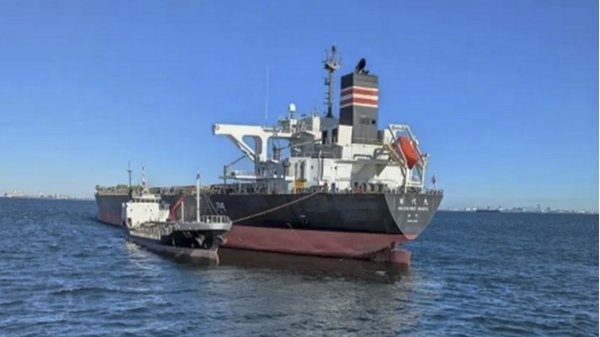
|
NYK trials biofuel in milestone coal carrier test
Vessel is used to test biofuel for domestic utility company. |
|
|
|
||
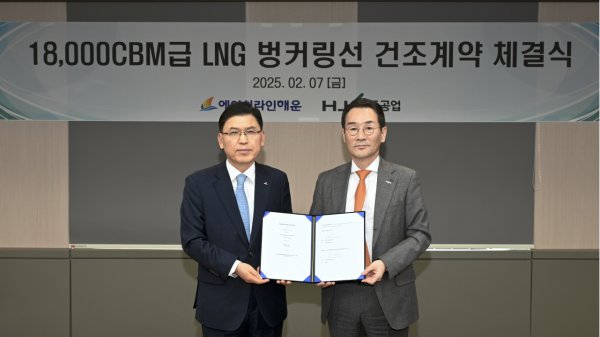
|
H-Line Shipping orders LNG bunkering vessel
Vessel with 18,000-cbm capacity to run on both LNG and MDO. |
|
|
|
||

|
How to engineer and manage green shipping fuels | Stanley George, VPS
Effective management strategies and insights for evolving fuel use. |
|
|
|
||
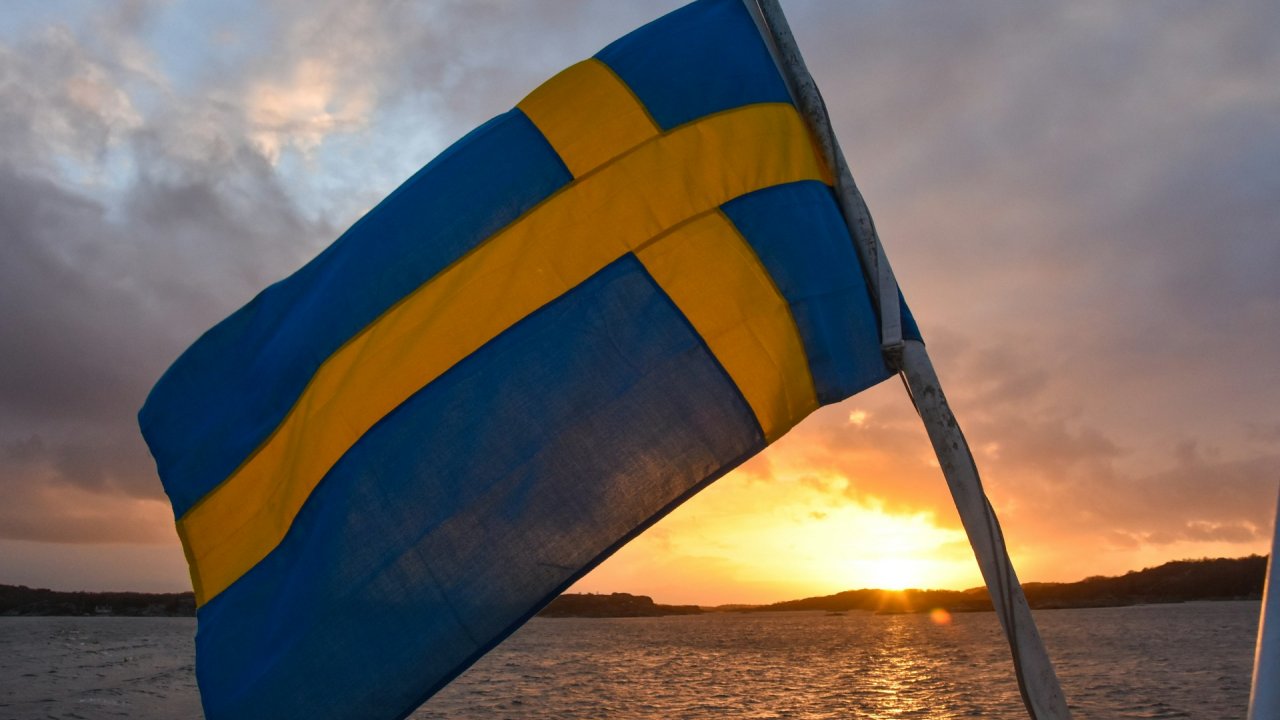
|
Swedish government bans scrubber wastewater discharges
Discharges from open-loop scrubbers to be prohibited in Swedish waters from July 2025. |
|
|
|
||
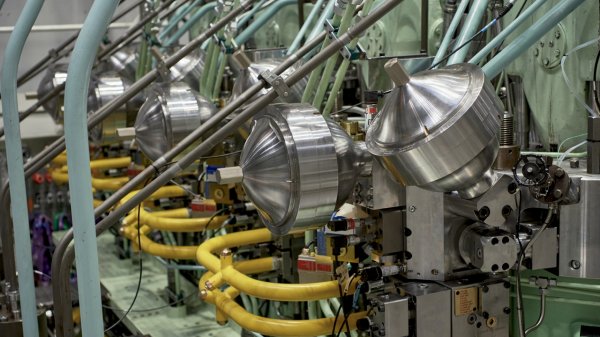
|
MAN Energy Solutions achieves 100% load milestone for ammonia engine
Latest tests validate fuel injection system throughout the entire load curve. |
|
|
|
||
Related Links
- · Eco-tug to be launched in January [Insights]
- · Low emission tug wins Clean Air Technology Award [Insights]
- · United States [Directory]
- · San Pedro [Directory]
- · Los Angeles [Directory]
- · Long Beach [Directory]

